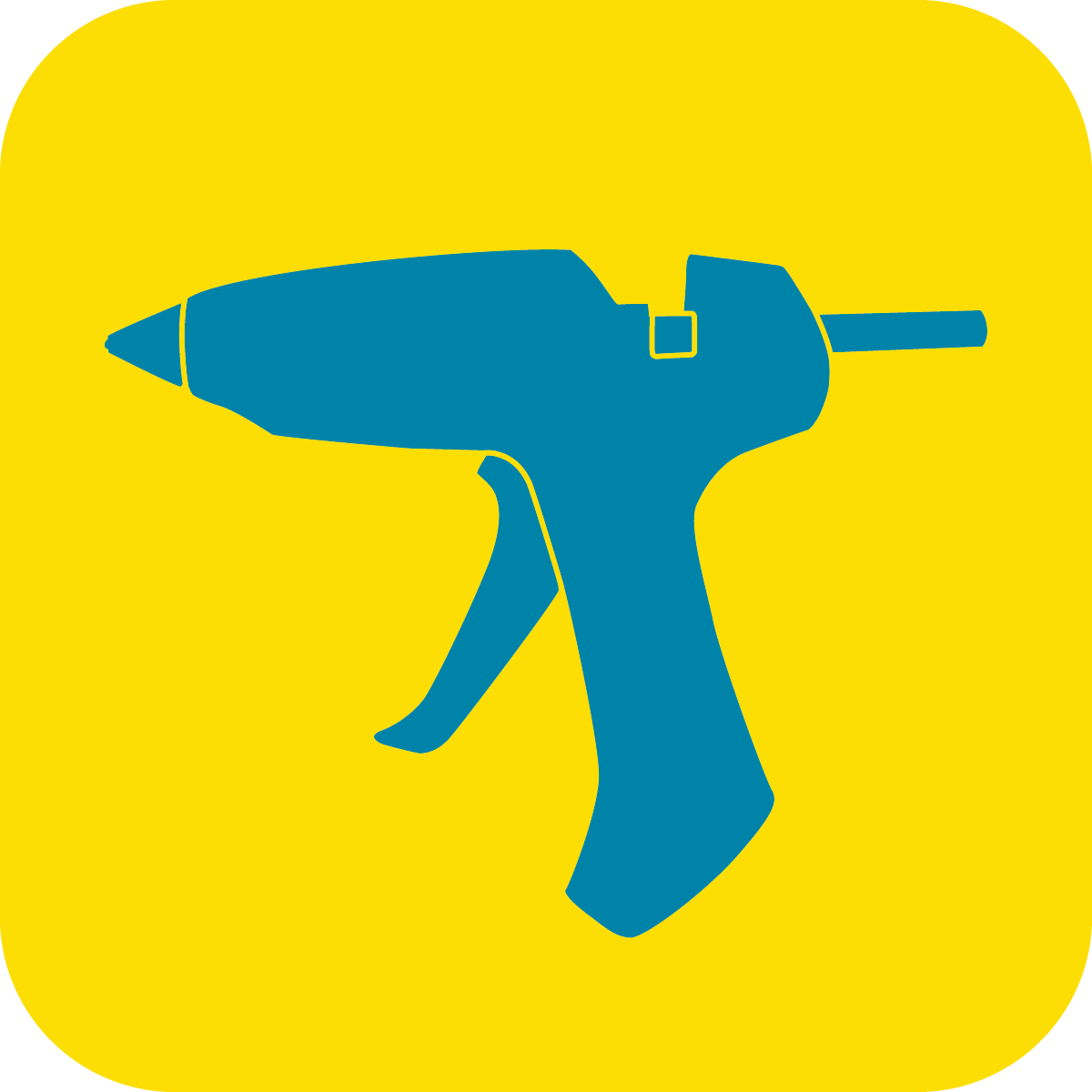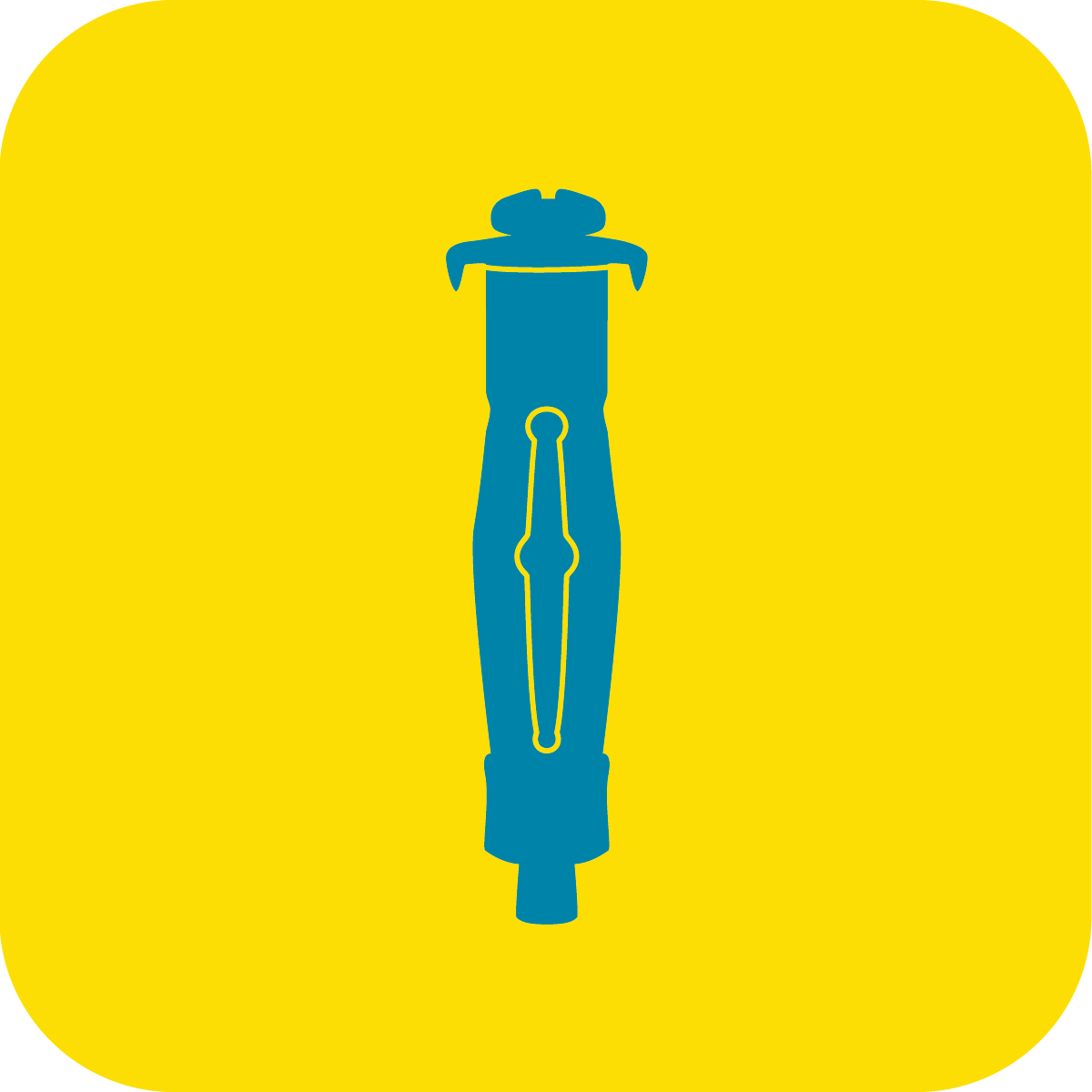How to choose the right plasterboard fixing
In order to mount, for example, a TV or a mirror on an inner wall made of plasterboard, so-called cavity wall fixings, hollow wall anchors - are needed for the TV or mirror to be mounted safely. We've outlined here the simple steps you need to follow to find the right plasterboard fixings for your wall.
What is the weight of the object that I'm going to put up?
The first step is to find out the weight of the object that you're going to put up. Each plastearboar fixings has a maximum load capacity, so it's important to choose a hollow wall anchor, or plasterboard fixing that can support the weight of what you're going to put up.
While a self drilling plasterboard fixings might be suitable for such things as a light mirror, a hollow wall anchor will be better suited for a heavier TV. If you're going to put up a shelf, you also need to estimate the approximate total weight of the shelf when loaded.
Good to know: each hollow wall anchor should be able to support the total weight. In other words, if you're going to hang something that weighs 20 kg, you need to use anchors that can each support 20 kg (so two hollow wall anchors that can each support 10 kg, or four wall anchors that can each support 5 kg are not sufficient).
Once you know the weight, check which plasterboard fixings is suitable on the pack.
And if you're going to put up something that weighs more than 15 kg, it's not just about the plastarboard fixing itself, but you also need to consider how much your wall can support. Read our guide on putting up heavier objects.
How thick is the installation wall?
Once you know the weight, the next step is to find out how thick the wall is. This is so that the hollow wall anchor is able to do its job in the wallboard cavity, which, basically, is to expand.
A hollow wall anchor works well for most plasterboards, but depending on your wall thickness, (for example, if it comprises double plasterboard), you may need a different size of hollow wall anchor.
Good to know: Plasterboards are made of different thicknesses (3-13 mm), and the wall may also consist of single plasterboard (13 mm) or double plasterboard (26 mm). Sometimes even triple plasterboard (39 mm).
Knowing how thick your wall is makes it easy to choose the right hollow wall anchor.
If you need tips for measuring, read our guide on finding out how thick a wall is.
How thick is the object that I'm going to put up on the wall?
The last step is to find out how thick the object that you're going to put up on the wall is. This is so that you're able to choose hollow wall anchor with the right screw length, namely a length that is sufficient for both the object to put up and the hollow wall anchor itself.
Once you've found the right plasterboard fixing, you're ready to go. Read our guide to how to use plasterboard fixings here.
Good to know: With hollow wall anchors from Rapid, both a screw and drill bit are included in the pack. In other words, the right sized drill so that you always get a hole with the right dimensions, and the right drill bit for the screw. (Note: This does not apply to the larger Master packs.)
What's the difference between hollow wall anchors and cavity wall fixings?
The only differences between these are actually just the names. Calling it a hollow wall anchor emphasizes the feature of the anchor plug, specifically that it expands in the wallboard cavity to give a strong and secure fastening, anchoring it to the wall.
Hollow wall anchors are most used on plasterboards and are made of metal, as opposed to simple wall plugs made of plastic.








